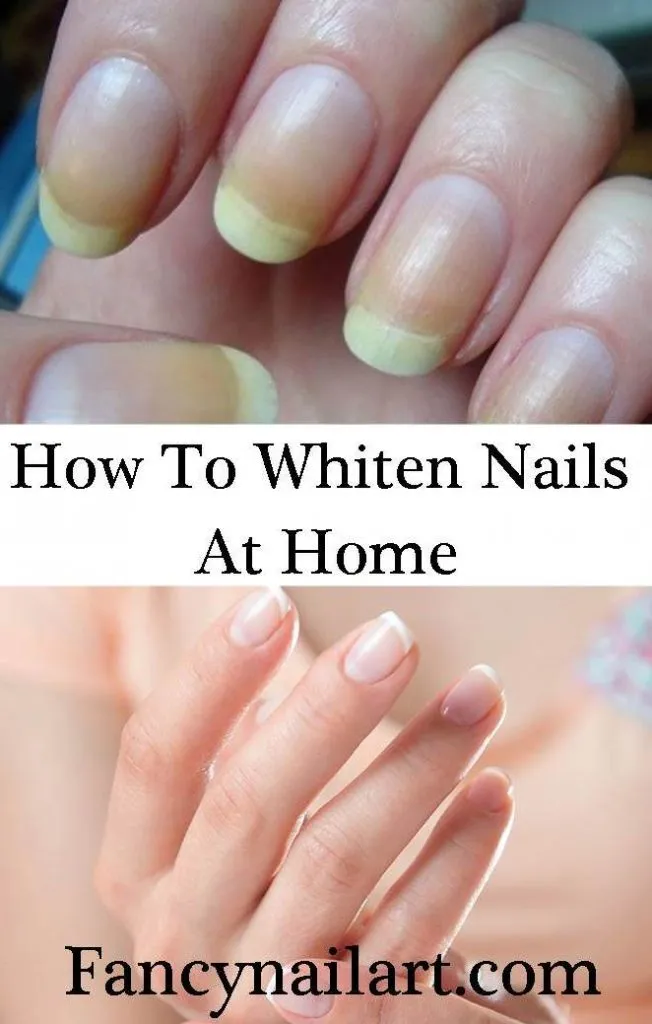Understanding Fingernail Discoloration
Yellowing fingernails can be an unsightly problem, and understanding the root causes is the first step toward effective treatment. Several factors can lead to this discoloration, ranging from lifestyle choices to underlying health conditions. Identifying the source of the problem allows you to choose the most appropriate home remedy or seek professional help when needed. This comprehensive guide will explore the common causes of yellow nails and offer effective home remedies to help you restore your nails’ natural, healthy color. The process of fingernail whitening not only improves aesthetics but also addresses potential health concerns, ensuring both beauty and well-being.
Common Causes of Yellow Nails
Before diving into solutions, it’s crucial to understand what causes yellow nails. This discoloration can result from a variety of factors, each requiring a specific approach for treatment. The most prevalent causes include fungal infections, frequent use of nail polish and chemicals, and smoking. Each of these factors affects the nail in different ways, leading to the characteristic yellowing. Recognizing these causes enables you to select the appropriate home remedy and implement preventive measures. Often, addressing these causes involves changes in habits or the implementation of targeted treatments to effectively restore nail health and appearance.
Fungal Infections
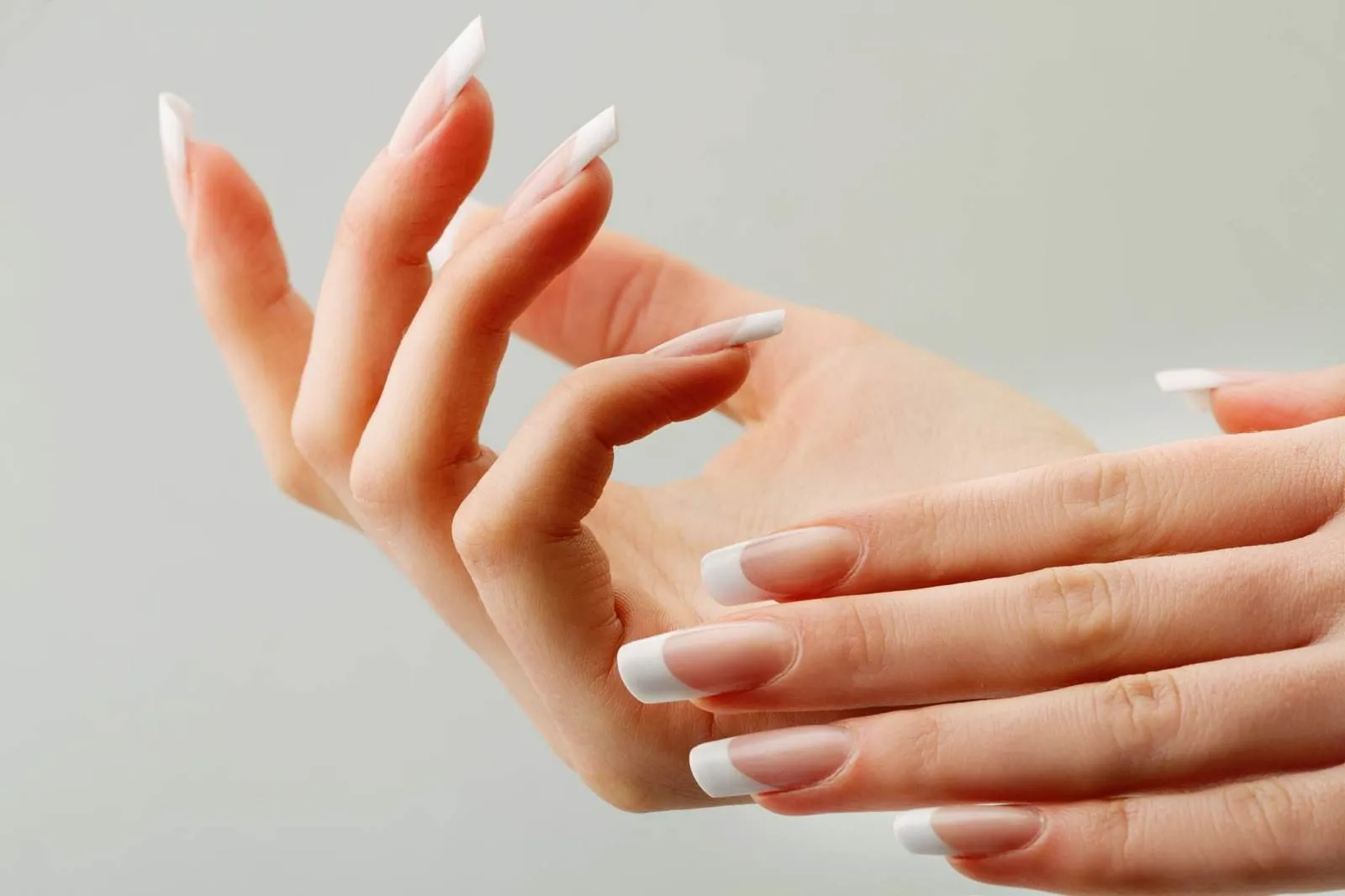
Fungal infections are a frequent culprit behind yellow nails. These infections, often caused by dermatophytes, thrive in warm, moist environments and can easily penetrate the nail. As the fungus grows, it causes the nail to thicken, become discolored, and may even crumble. The infection can spread from one nail to another, making early detection and treatment crucial. Antifungal medications, either topical or oral, are often necessary to combat fungal infections. While home remedies can help improve appearance, they may not eradicate the infection completely. It is vital to consult a healthcare professional for diagnosis and appropriate treatment.
Nail Polish and Chemicals
Regular use of nail polish and exposure to harsh chemicals can also contribute to yellowing nails. Dark-colored nail polishes, in particular, can stain the nail plate over time, leading to discoloration. The chemicals in nail polish removers, such as acetone, can also weaken and damage the nails, making them more susceptible to staining. Furthermore, prolonged exposure to household cleaners and other chemicals can have a similar effect. To minimize the risk, use nail polish sparingly, choose nail polish removers without acetone, and always wear gloves when handling harsh chemicals. Regular breaks from nail polish are beneficial for nail health.
Smoking
Smoking is another significant contributor to yellow nails. The nicotine and tar in tobacco can stain the nails, causing a yellow or brownish discoloration. This staining is a direct result of the chemicals in cigarette smoke seeping into the nail plate. Additionally, smoking reduces blood flow to the extremities, which can impact nail health and exacerbate discoloration. Quitting smoking is the most effective way to address this issue and improve overall health. Along with fingernail whitening treatments, breaking the smoking habit significantly enhances both the appearance and health of your nails.
Home Remedies for Fingernail Whitening
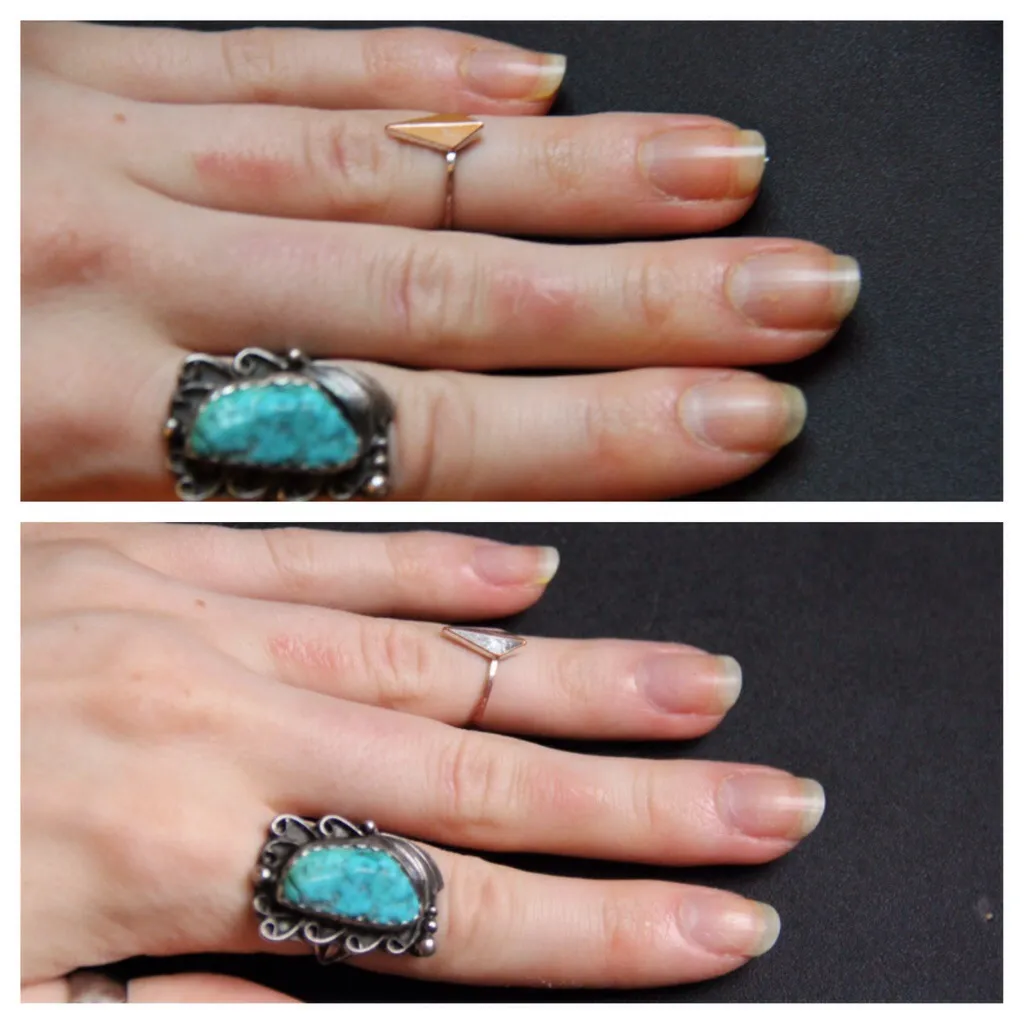
Fortunately, several home remedies can help whiten yellow nails. These treatments often utilize readily available household ingredients that can effectively address discoloration. While these remedies may not be as potent as professional treatments, they offer a safe, affordable, and accessible way to improve nail appearance. Always perform a patch test before applying any treatment to ensure you don’t have any allergic reactions. Consistency is key; regular use of these remedies can yield noticeable results, promoting healthier and brighter nails. Incorporating these remedies into your nail care routine can bring a significant positive change.
Lemon Juice Treatment
Lemon juice, known for its natural bleaching properties, is a popular home remedy for fingernail whitening. The citric acid in lemon juice helps to lighten the nail plate and remove stains. This treatment is simple to use and requires only a few minutes of your time. It’s a cost-effective solution easily incorporated into your routine. However, it’s essential to exercise caution, as lemon juice can cause dryness. Applying a moisturizer after each treatment is recommended. Regular use can make your nails appear brighter and healthier. It is a simple and effective way to combat yellowing and maintain nail health.
How to Use Lemon Juice
To use lemon juice for fingernail whitening, start by squeezing fresh lemon juice into a small bowl. Soak your nails in the juice for about 10 to 15 minutes. After soaking, gently scrub your nails with a soft toothbrush to remove any remaining stains. Rinse your hands thoroughly with water and apply a moisturizing hand cream to prevent dryness. Repeat this process two to three times per week for best results. If you have sensitive skin, dilute the lemon juice with water. Consistency is crucial for seeing noticeable improvements, and always listen to your skin’s response.
Baking Soda Paste
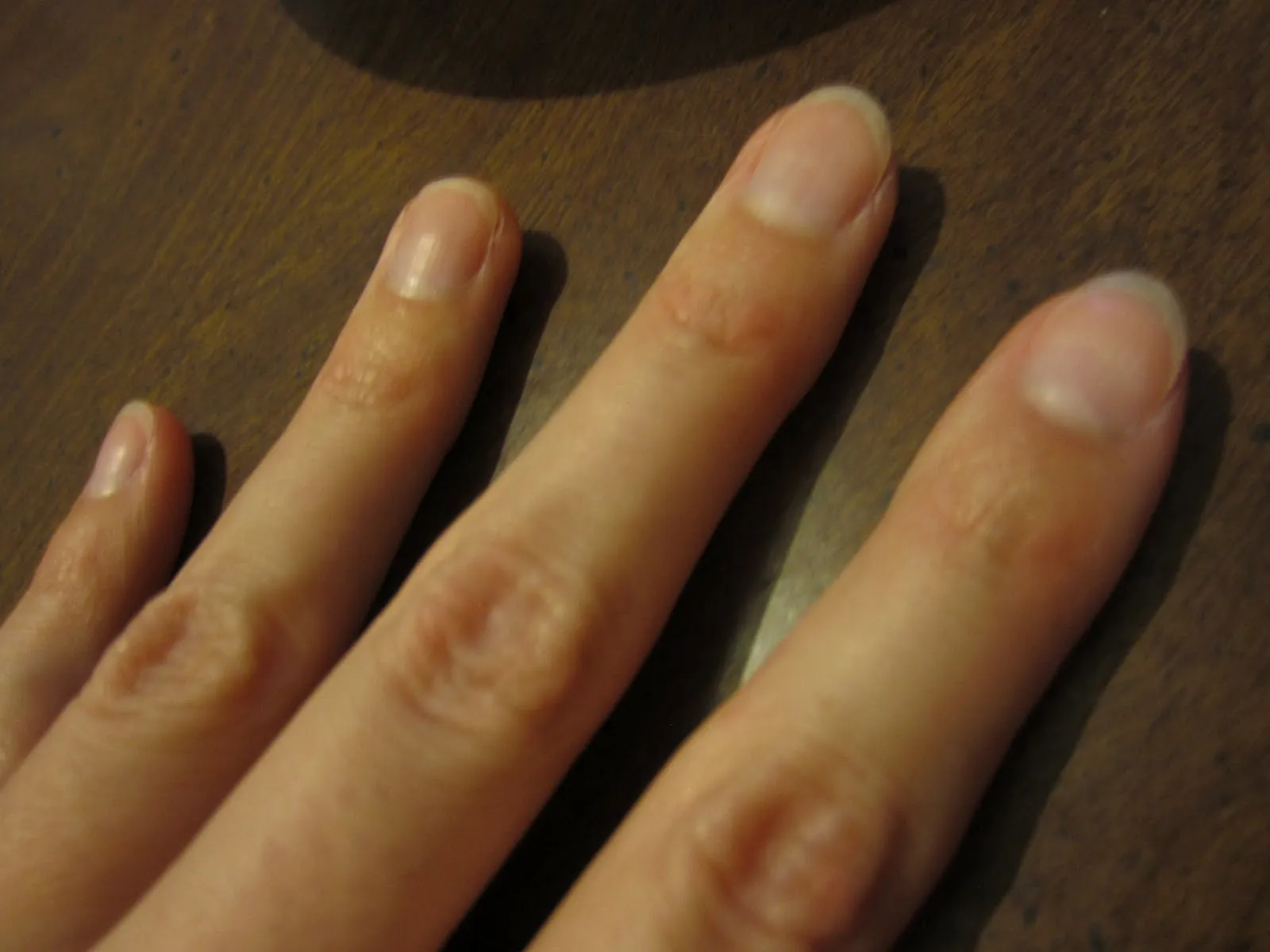
Baking soda is another effective home remedy for whitening nails. It has gentle abrasive qualities that help remove surface stains and promote a brighter appearance. Baking soda is a common household item, making it an easily accessible solution. Combined with water, it creates a paste that is gentle yet effective for scrubbing and cleaning the nails. It’s an excellent choice for those seeking a natural, non-toxic treatment option. The regular use of baking soda can significantly reduce nail discoloration, contributing to healthier-looking nails.
Preparing and Applying Baking Soda
To create a baking soda paste, mix a small amount of baking soda with water until you form a thick paste. Apply the paste to your nails and gently scrub them with a soft toothbrush or a nail brush. Focus on areas with discoloration. Rinse your nails thoroughly with water after scrubbing. For enhanced effectiveness, consider adding a few drops of lemon juice to the baking soda paste. Perform this treatment once or twice a week. Following up with a moisturizer is recommended to keep your nails hydrated. Consistent application will bring noticeable improvement in the brightness and health of your nails.
Whitening Toothpaste
Surprisingly, whitening toothpaste can also be used to brighten yellow nails. The same ingredients that whiten teeth can also help remove stains from the nail surface. Whitening toothpastes often contain mild abrasives and bleaching agents, which can gently lift stains and restore the natural color of your nails. It is a convenient and readily available solution for fingernail whitening. Regular use, coupled with proper nail care, can help you achieve brighter, healthier nails. This simple method fits easily into your daily routine.
Choosing the Right Toothpaste
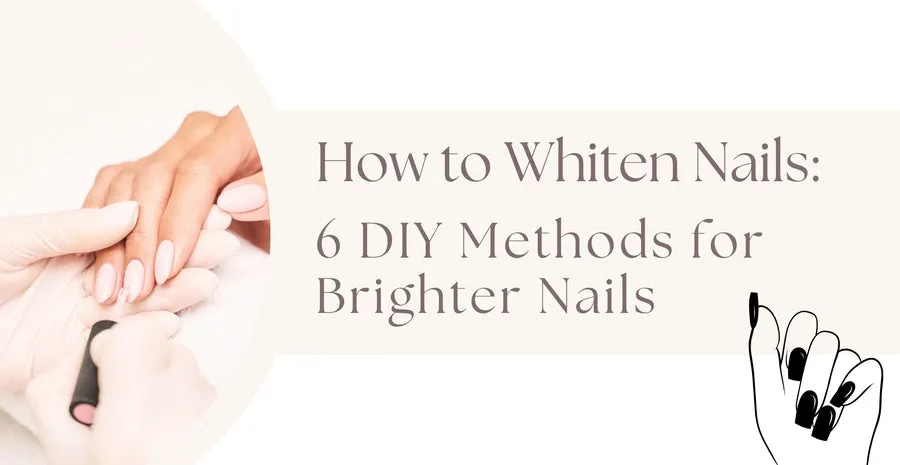
When using whitening toothpaste on your nails, choose a toothpaste specifically designed for whitening. These products often contain ingredients like hydrogen peroxide or baking soda, which are effective in removing stains. Avoid toothpastes with excessive abrasives, as they could potentially damage your nails. Apply a small amount of toothpaste to each nail and gently scrub with a soft toothbrush for about 2–3 minutes. Rinse thoroughly with water. Follow up with a moisturizer to prevent dryness. Use this treatment a couple of times a week to maintain the brightness of your nails and enhance their appearance.
Vinegar Soak
Vinegar, particularly apple cider vinegar, is known for its antifungal and stain-removing properties, making it a valuable home remedy for fingernail whitening. The mild acidity of vinegar helps to break down stains and eliminate any fungal infections contributing to discoloration. This natural remedy offers a gentle yet effective approach to restore your nails’ natural color and improve their overall health. Regular vinegar soaks can contribute to significantly brighter nails and healthy nail growth, helping you attain the appearance you desire.
Using Apple Cider Vinegar
To use apple cider vinegar, mix equal parts of apple cider vinegar and water in a bowl. Soak your nails in the mixture for about 10 to 15 minutes. Afterward, rinse your hands thoroughly with water and apply a moisturizer. This process can be repeated several times a week for optimal results. Apple cider vinegar’s acidic nature can help dissolve stains and kill fungi. Ensure your skin does not have open wounds or cuts before soaking. Regular use can lead to significant improvements in nail color and health.
Tea Tree Oil
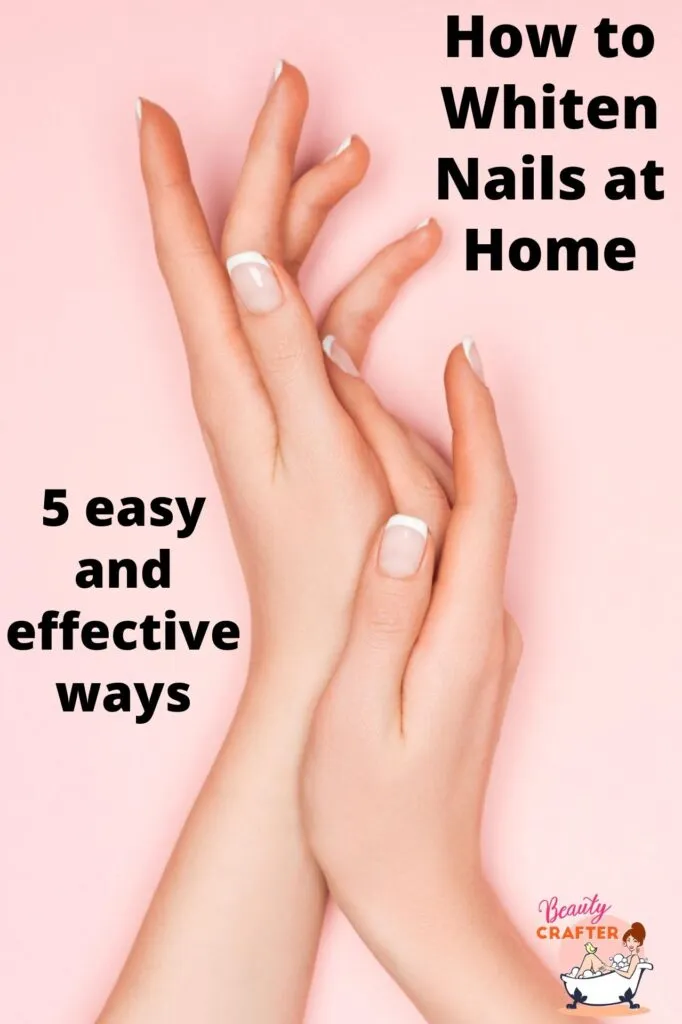
Tea tree oil is a natural antifungal agent, making it an excellent choice for treating yellow nails caused by fungal infections. The oil’s antiseptic properties help combat the underlying cause of discoloration, leading to healthier and brighter nails. It is a powerful natural remedy for addressing nail problems. Using tea tree oil regularly helps to both treat the underlying cause and improve the aesthetic appearance of the nails. Tea tree oil is a holistic and efficient way to brighten your nails.
Applying Tea Tree Oil
To use tea tree oil, apply a few drops directly to the affected nails, ensuring you cover the entire nail surface. Gently massage the oil into your nails and the surrounding skin. Allow the oil to absorb fully. Tea tree oil can be applied once or twice daily for best results. For those with sensitive skin, it’s recommended to dilute the tea tree oil with a carrier oil, such as olive oil or coconut oil. Consistent use will result in the reduction of yellowing and overall improvement in nail health.
Preventative Measures for Nail Health
Along with using home remedies, adopting preventive measures is essential to maintain healthy and bright nails. Preventing nail discoloration involves making changes to your nail care routine and lifestyle choices. Incorporating these steps helps reduce the risk of yellowing and supports overall nail health. Healthy nails are not only visually appealing but also indicate good general health. By adopting consistent preventive habits, you can maintain the health and beauty of your nails over the long term.
Nail Care Routine
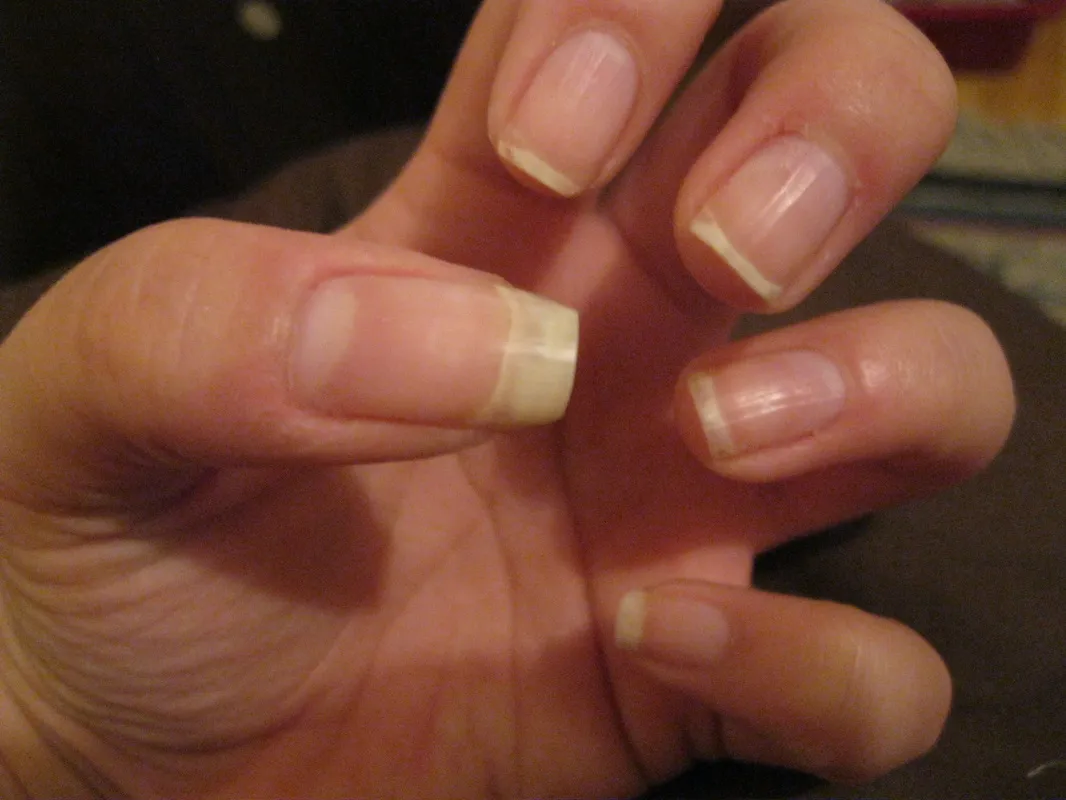
A proper nail care routine is crucial for preventing yellowing. Start by keeping your nails clean and dry, as moisture can promote fungal growth. Trim your nails regularly and avoid biting them. When using nail polish, apply a base coat to protect your nails from staining. Choose nail polish removers without acetone and avoid prolonged use of nail polish. Using gentle hand soap when washing your hands. Following a consistent nail care routine protects your nails and promotes their natural health and appearance. Good nail hygiene makes your nails look and feel their best.
Importance of Moisturizing
Moisturizing your nails and cuticles is essential for maintaining their health and preventing discoloration. Dry nails are more prone to cracking, peeling, and damage, making them more susceptible to staining and infection. Apply a hand cream or cuticle oil daily, especially after washing your hands or using nail polish remover. Regular moisturizing keeps your nails flexible and strong, which in turn prevents damage and discoloration. Hydrated nails look healthier and have better natural color. Make moisturizing a regular part of your routine.
When to See a Professional
While home remedies can be effective for mild cases of yellow nails, it’s essential to know when to seek professional help. If your nails are severely discolored, painful, or accompanied by other symptoms like thickening or crumbling, it’s time to consult a dermatologist or healthcare professional. A professional can diagnose the underlying cause of the discoloration and recommend the most appropriate treatment. If home remedies aren’t working, or if you suspect a fungal infection, a professional diagnosis is essential. Early intervention can prevent the condition from worsening and causing further damage. Consulting a professional ensures that you receive an effective and targeted treatment plan.
